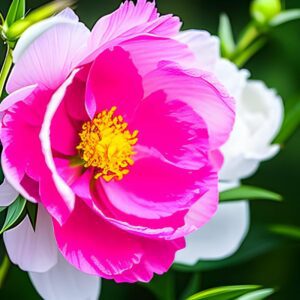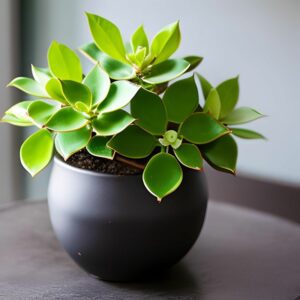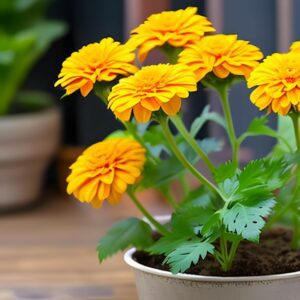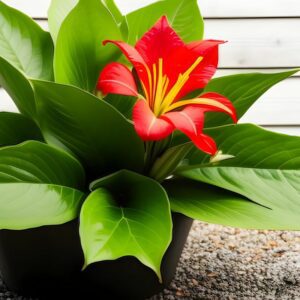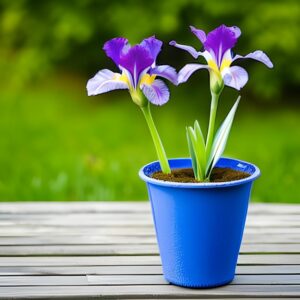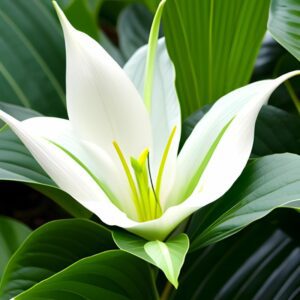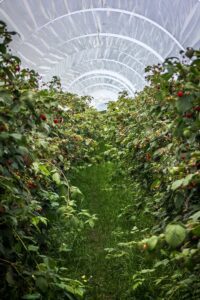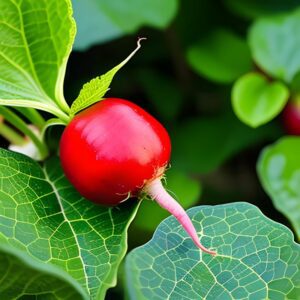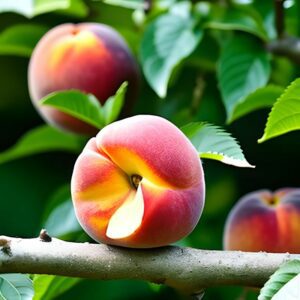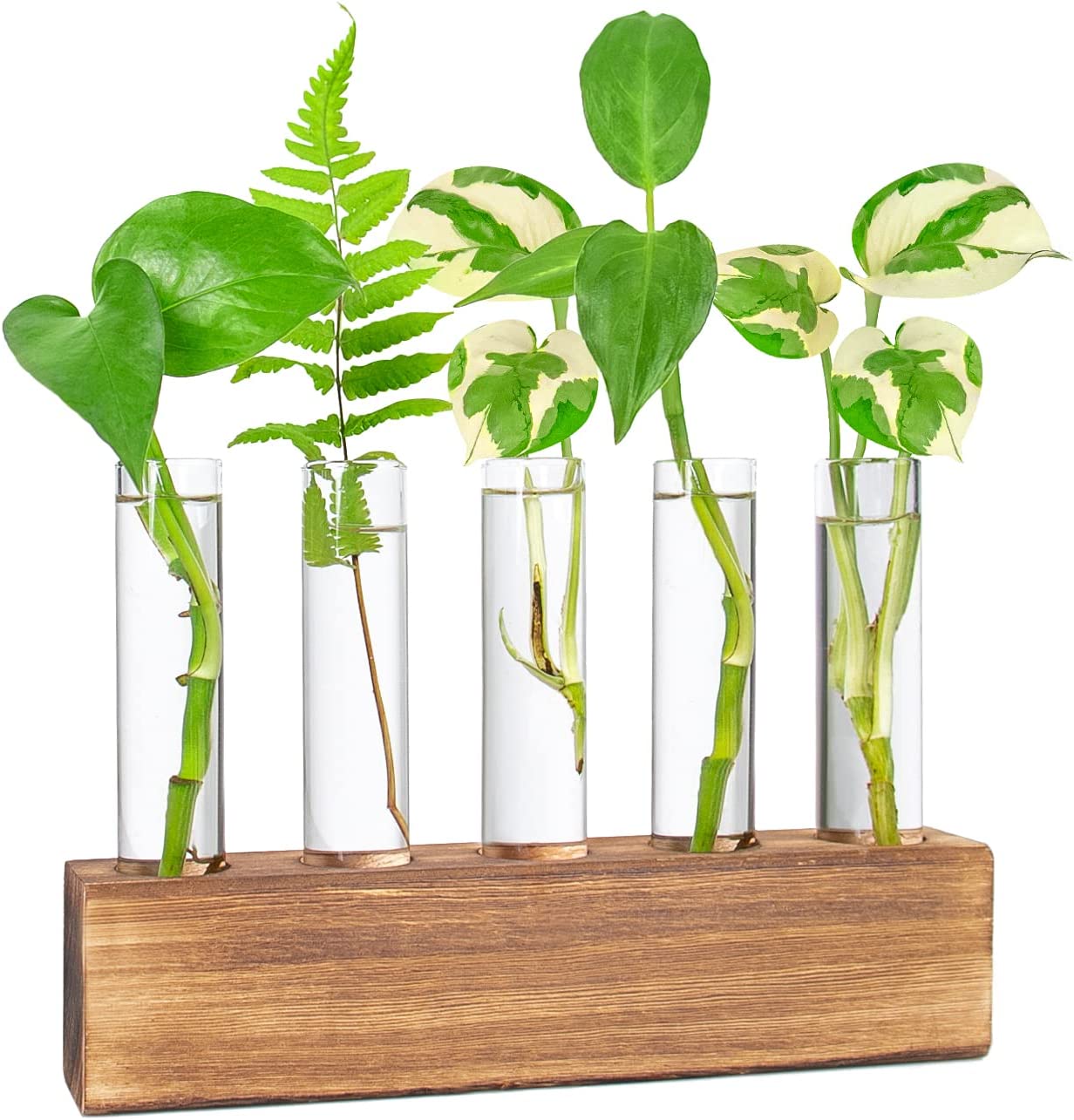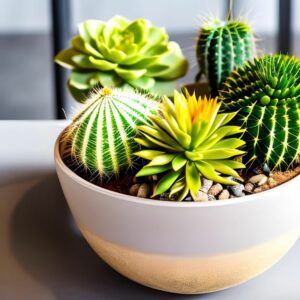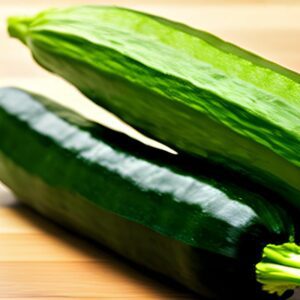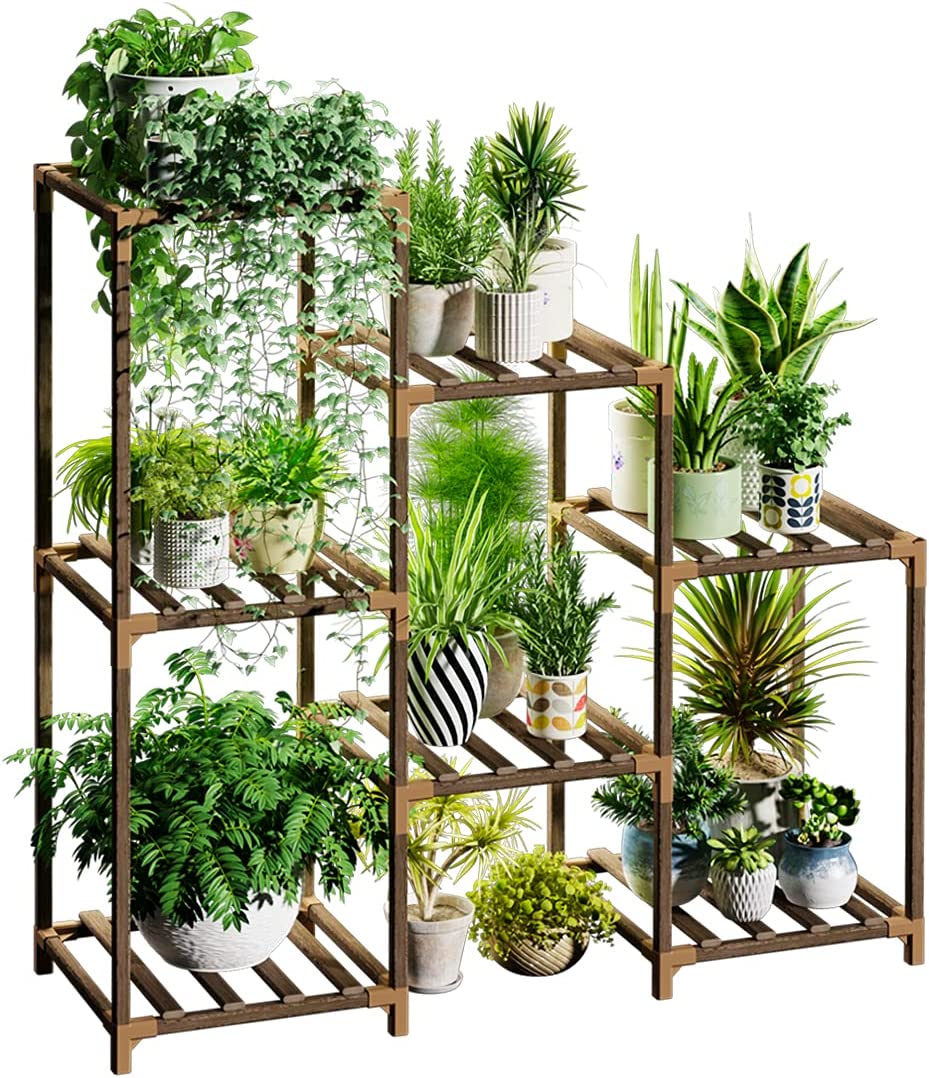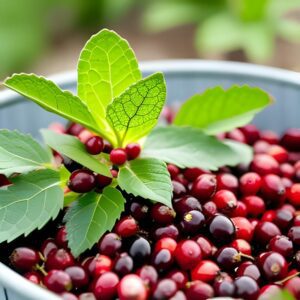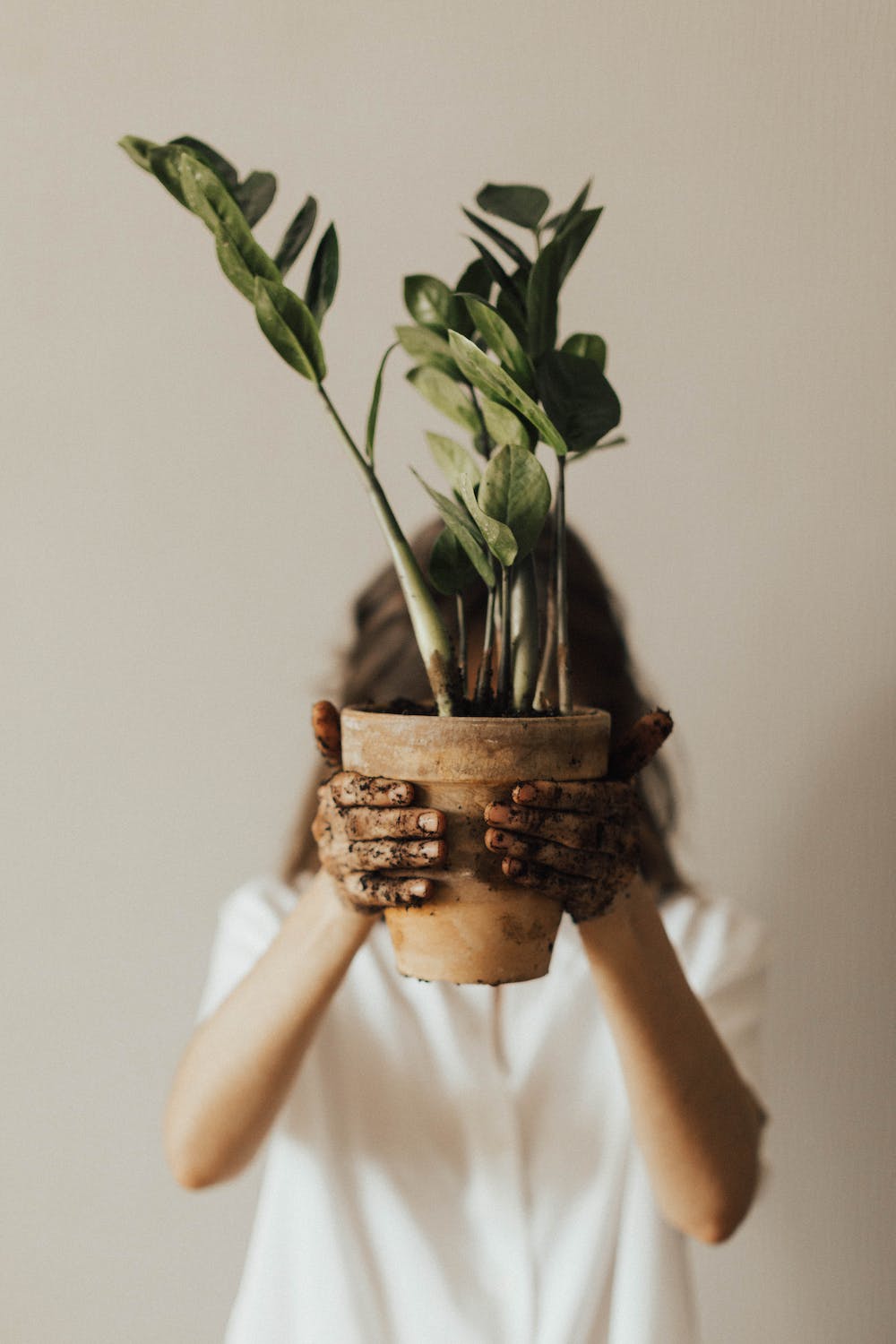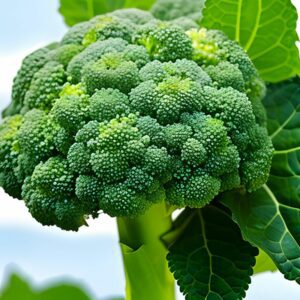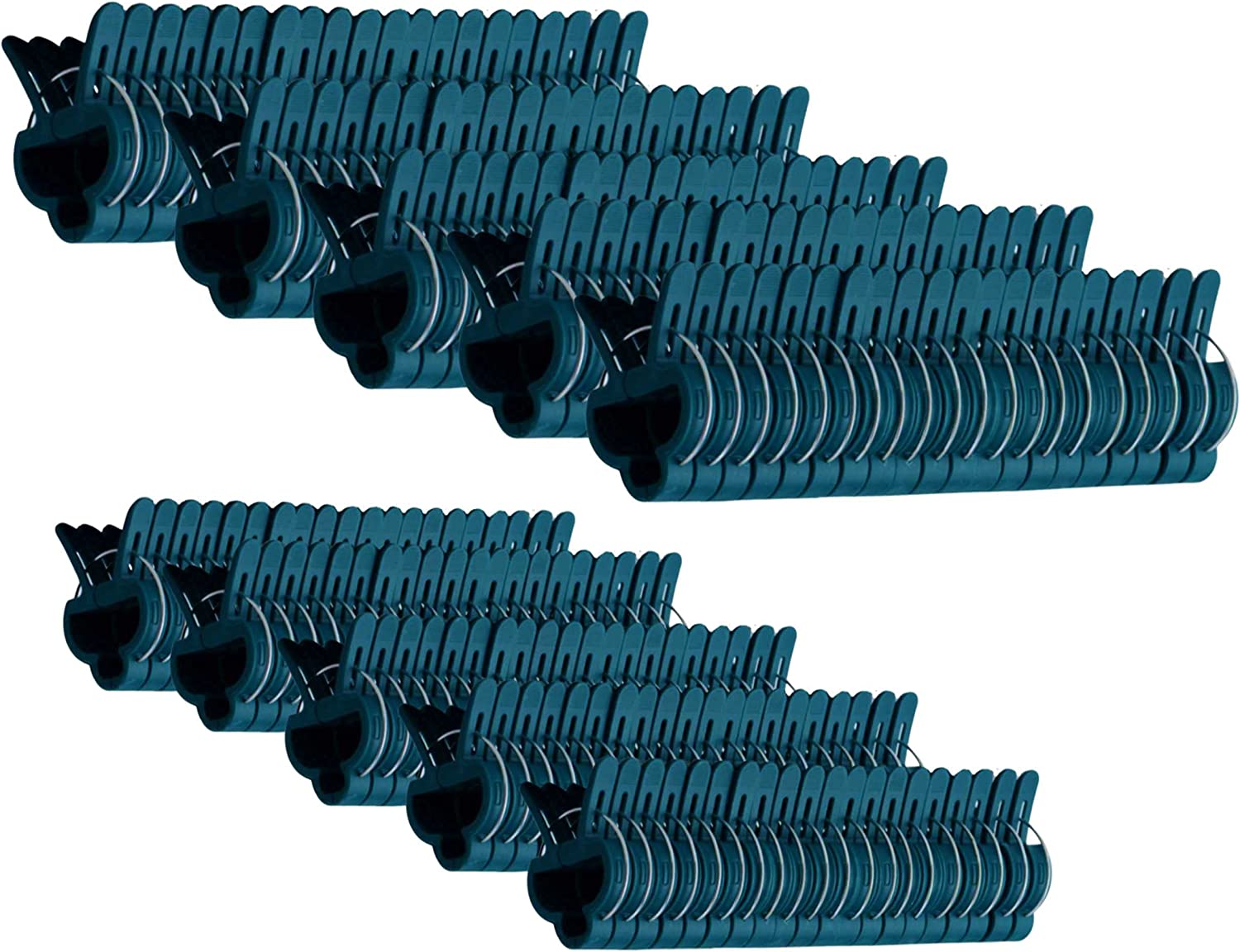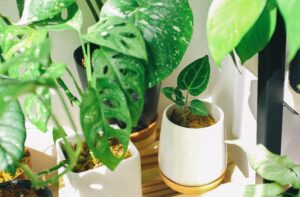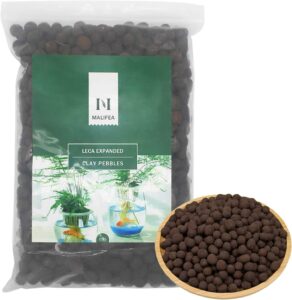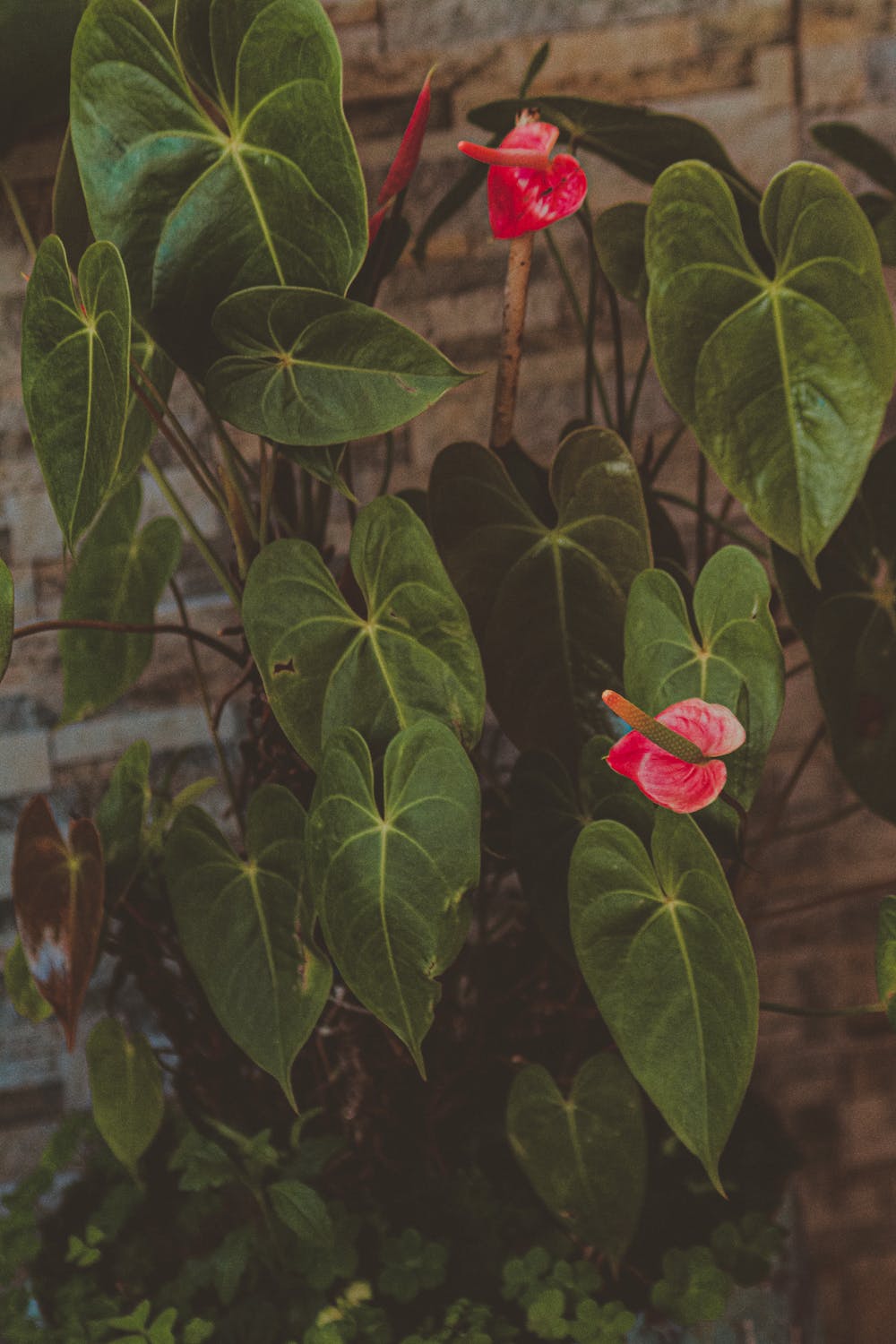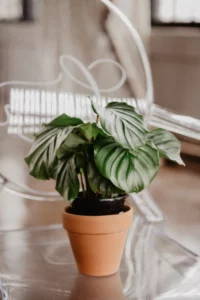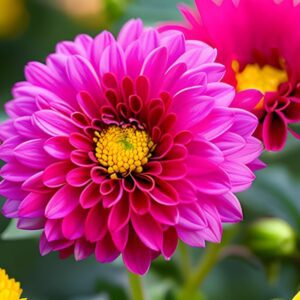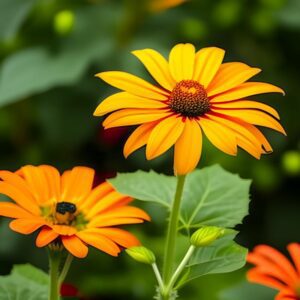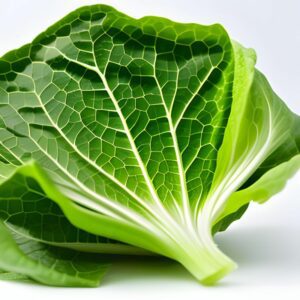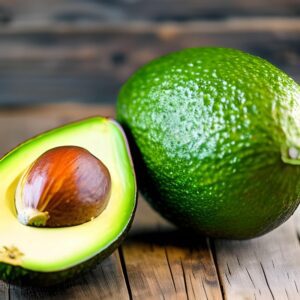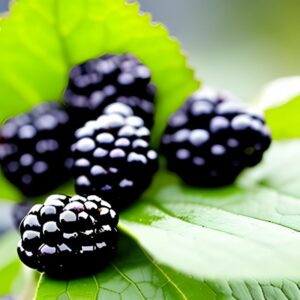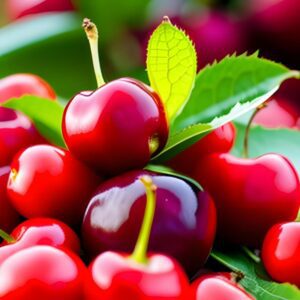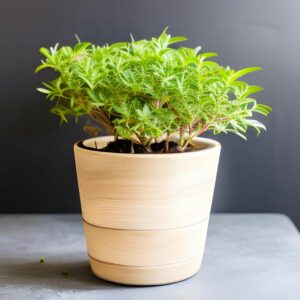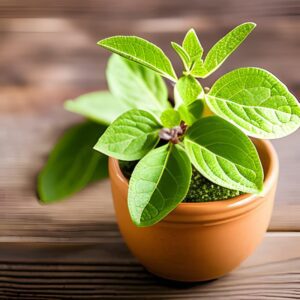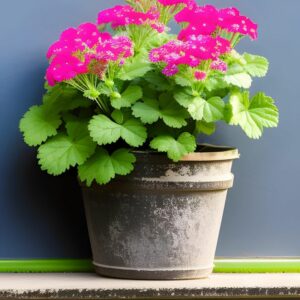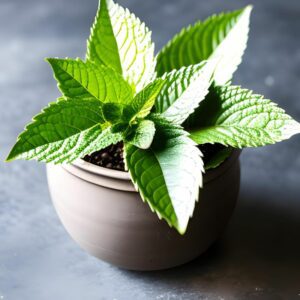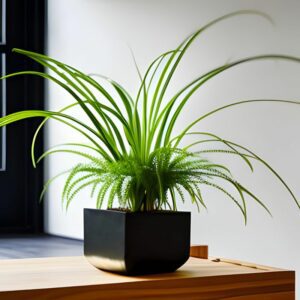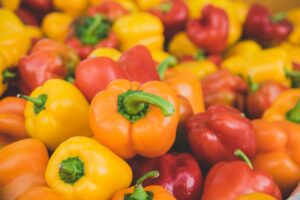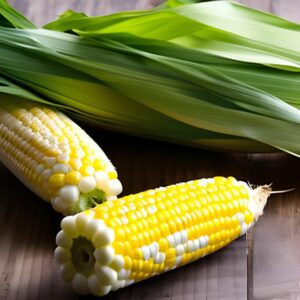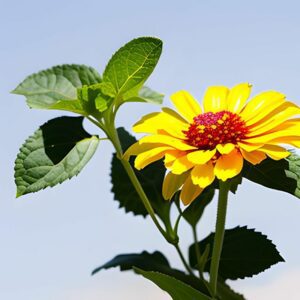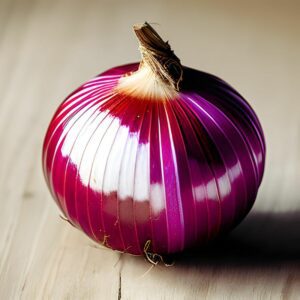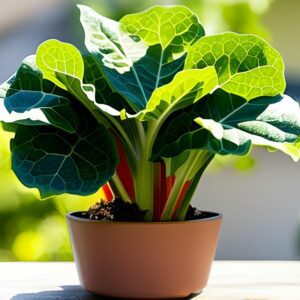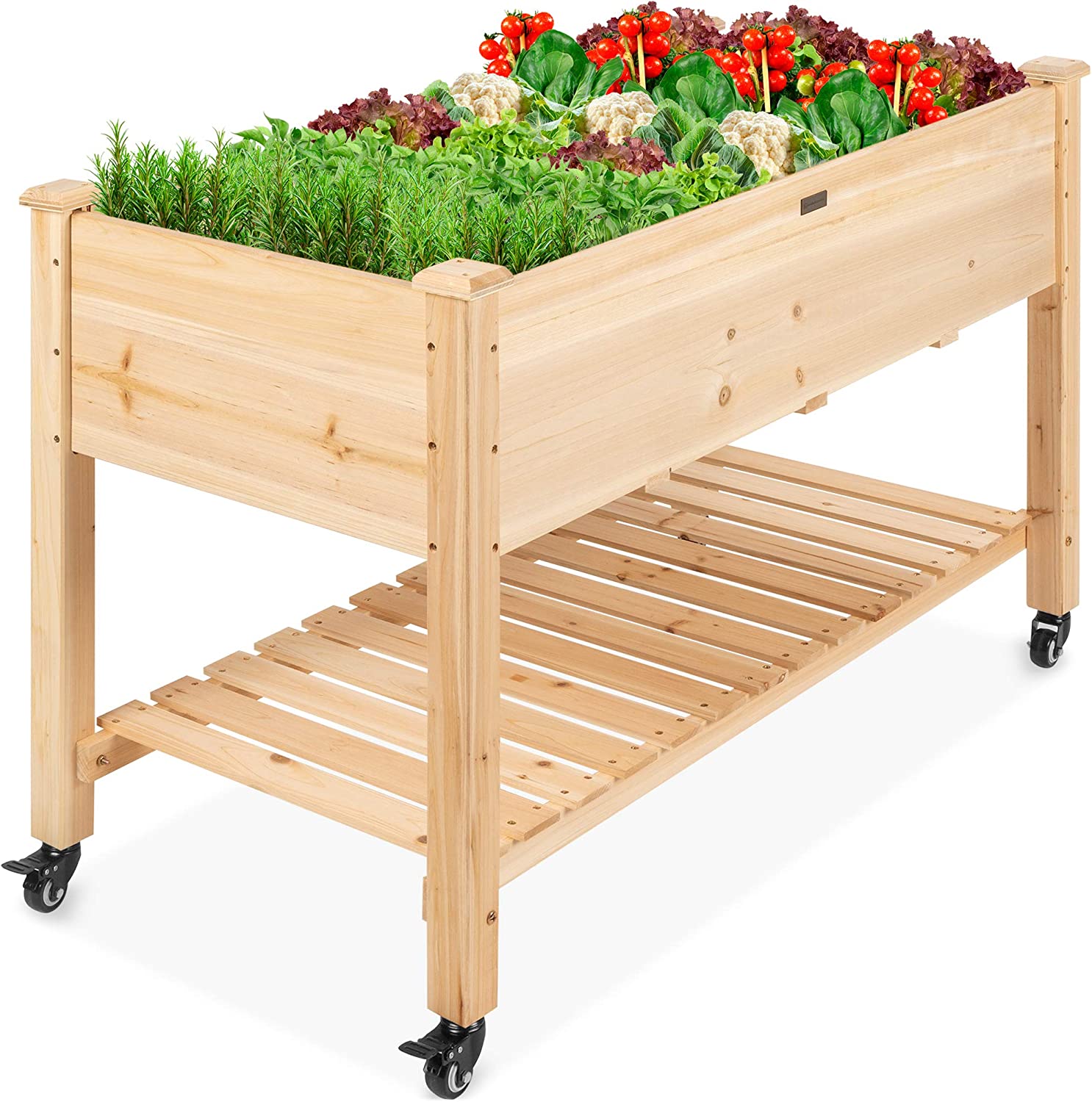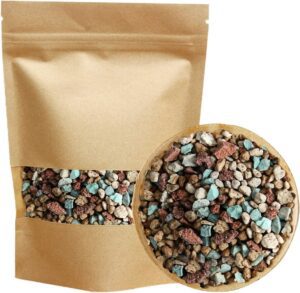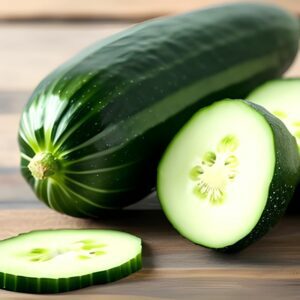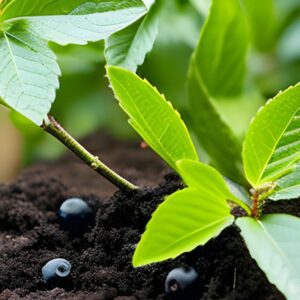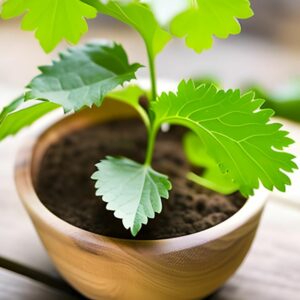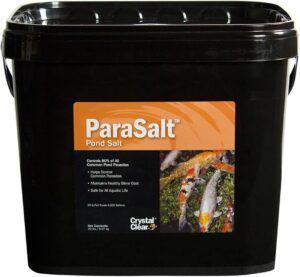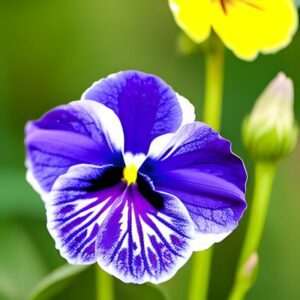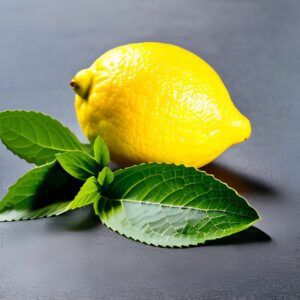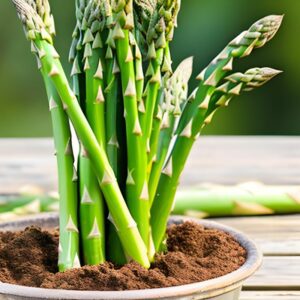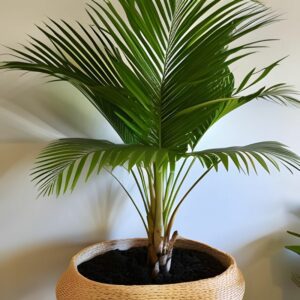Plum
Fruits
- Various
- Moderate
- 3-5 Years
Introduction
Plum trees are fruit-bearing trees known for their juicy and flavorful fruits. Native to various regions worldwide, plums come in a range of colors and flavors, from sweet and tart to rich and aromatic. Growing your own plum tree allows you to enjoy the pleasure of harvesting fresh plums and savoring their delectable taste in a variety of culinary preparations.
Plant Characteristics
Plum trees are deciduous trees that can reach different sizes, depending on the variety and pruning techniques. They have ovate or lanceolate leaves that are green in color. Plum fruits vary in size, shape, and color, ranging from round to oval and from yellow and red to purple or black, depending on the cultivar.
Ideal Growing Conditions
Plum trees thrive in full sun, requiring at least 6-8 hours of direct sunlight per day. They prefer well-draining soil that is rich in organic matter. Plum trees are adaptable to a range of soil types but perform best in loamy or sandy soil. Adequate air circulation around the tree helps prevent diseases. Plum trees are hardy and can tolerate a variety of climates but prefer regions with distinct seasons.
Planting Guide
Plant plum trees in early spring or late autumn, when the soil is workable and temperatures are mild. Choose a planting location with full sun exposure and well-draining soil. Dig a hole that is wide and deep enough to accommodate the roots of the tree. Place the tree in the hole, ensuring that the graft union (swollen area on the lower trunk) is above the soil surface. Backfill the hole with soil, firming it gently around the roots. Create a circular basin around the tree to hold water during irrigation. Water the tree thoroughly after planting and apply a layer of organic mulch around the base to conserve moisture and suppress weed growth.
Watering and Fertilizing
Plum trees require regular watering, especially during dry periods or drought. Water deeply, ensuring the soil is moistened to a depth of 12 inches. Mulching around the base of the tree helps retain soil moisture. Fertilize the tree with a balanced fruit tree fertilizer in early spring and again in late spring, following the package instructions.
Pruning and Maintenance
Pruning is essential for maintaining the shape, health, and productivity of plum trees. Prune in late winter or early spring while the tree is dormant. Remove any dead, damaged, or crossing branches. Thin out crowded branches to allow for better air circulation and sunlight penetration. Pruning can also help control the tree’s height and promote fruit production by removing excess growth. Regularly remove weeds and grass around the base of the tree to reduce competition for nutrients and water.
Harvesting or Flowering
Plums are typically ready for harvest in summer, varying in timing depending on the plum variety and local climate. Harvest when the fruits are fully colored, slightly soft to the touch, and easily detach from the tree with a gentle twist or tug. Ripe plums will have a sweet aroma and taste. It’s best to harvest plums when they are fully ripe for the best flavor and sweetness.
Post-Harvest Care
Ripe plums are best consumed fresh but can be stored for a short period. Keep them in the refrigerator for up to a week to prolong their freshness. If you have an abundance of plums, consider preserving them by canning, making jams or jellies, or freezing them for longer-term storage. To freeze plums, wash and pit them, then spread them in a single layer on a baking sheet and freeze until firm. Transfer the frozen plums to airtight containers or freezer bags and store in the freezer for up to 12 months.
Troubleshooting
Plum trees may face challenges such as pests like plum curculios or diseases like brown rot. Proper orchard hygiene, including removing fallen fruits and maintaining a clean growing area, can help prevent pest and disease problems. Regular inspection of the tree for signs of pests or diseases and taking appropriate measures, such as applying insecticidal sprays or fungicides, can help control issues. Pruning to improve air circulation and sunlight penetration can also reduce the risk of diseases.
Fun Facts
Plums have a long history and are enjoyed in various cultures around the world. They are not only delicious but also packed with vitamins, minerals, and dietary fiber. Plums come in different varieties, including European, Japanese, and Damson, each with its unique characteristics. Plum trees can live for many years, and some varieties require cross-pollination with other compatible plum varieties for optimal fruit production.







